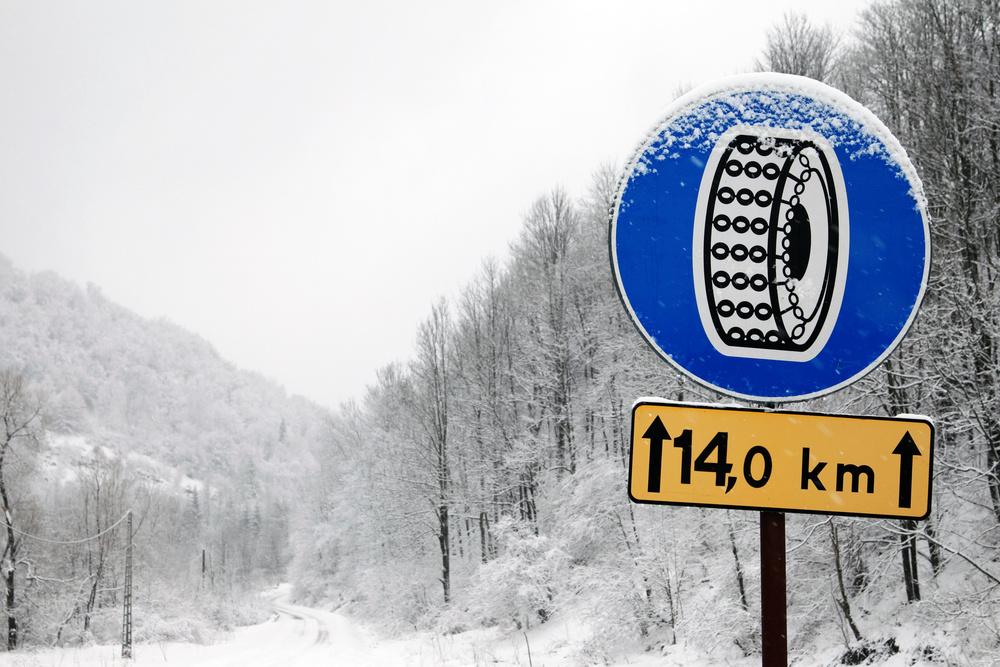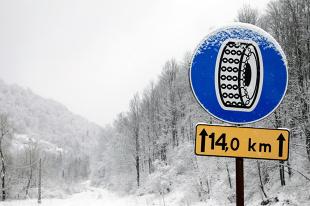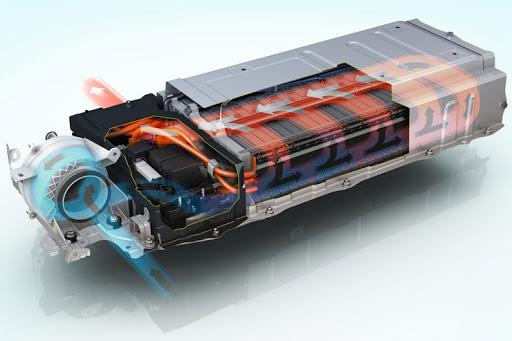
What should a driver know about snow chains?
 The winter season is the time for trips to the mountains for many drivers. Thick layers of snow and icy roads are often a real hurdle for vehicles that can't handle icy surfaces. This is where snow chains work best.
The winter season is the time for trips to the mountains for many drivers. Thick layers of snow and icy roads are often a real hurdle for vehicles that can't handle icy surfaces. This is where snow chains work best.
What to remember?
Snow chains are designed to help drivers in winter driving. In general, they can be considered a metal mesh that the driver puts on the tire to get extra grip on slippery surfaces. However, not every car can be equipped with chains. Sometimes this is affected by a non-standard or non-factory wheel size, a modified suspension, or even a manufacturer's recommendation not to use winter boosters. Different chain models, depending on the vehicle on which they will be used, may differ from each other in mesh patterns or mesh diameters. Therefore, when buying chains, it is necessary to take into account not only the frequency and conditions of their use, but also consult with a specialist. “Correctly selected snow chains must effectively transmit torque to the surface and eliminate the phenomenon of skidding. Most importantly, they hold the track well and brake effectively. Purchasing or installing chains incorrectly can cause the vehicle to be removed or the rim to be damaged, and as a result, have the opposite effect of making driving difficult in winter,” says Michal Jan Twardowski, Bridgestone Technical Specialist.
How are you?
Driving on snow chains puts many restrictions on the driver's driving style. First of all, you need to take your foot off the gas (speed up to 50 km / h) and avoid sudden braking and acceleration. With a car equipped with chains, drivers must drive through the snow, avoiding ravines created by other cars. Otherwise, the road surface, the chains themselves and even the tires can be damaged. At the same time, simply installing chains will not provide us with proper traction, because they require proper maintenance. First of all, their condition, wear and tension should be checked regularly – also with self-tensioning chains. “We also have to remember that during the winter season, we should not focus only on chains, let's also get the right winter tires. Whether you drive a sedan or an SUV, it's worth equipping your car with winter tires. Chains should be put on the wheels of the drive axle, in all-wheel drive vehicles they can be used on both axles. For rear-wheel drive vehicles, it is also recommended to install chains on the steering axle to increase traction.
When to use
In Poland, the use of road chains is regulated by the provisions of the Ordinance on Road Signs and Signals, and also by the common sense of the drivers themselves. Snow chains are generally permitted when road conditions dictate their use. On national roads where we may see warning signs with the snowflake symbol (sign A-32), snow chains may be required in case of snow on the road. However, this is a message that only allows their use. On the other hand, an absolute obligation is introduced by a mandatory sign with a tire icon with tensioned chains (sign C-18), which is found in mountainous and foothill areas. It is worth remembering that a fare and a fine are charged for violating this provision, so it is worth having such chains and having them in the trunk in case of a snowstorm on the route. Especially when we go abroad. In many European countries, incl. in France, Italy and Austria there is an absolute requirement – for citizens and tourists alike – to wear snow chains as soon as it snows.
